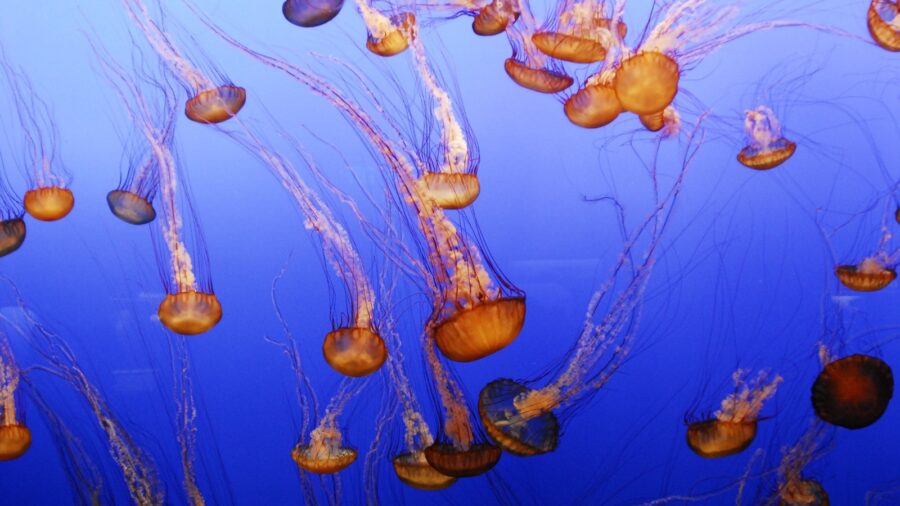Scientists Find Ancient Sea Creature From 500 Million Years Ago
Fossil fans – this one’s for you. According to ScienceAlert, Canadian scientists have made an incredible discovery stumbling upon a 505 million-year-old fossil bed that is the final resting place of a hoard of ancient jellyfish. What’s perhaps even more intriguing is that these critters were swimming in the oceans hundreds of millions of years before dinosaurs roamed the Earth.
Scientists discovered perfectly preserved jellyfish fossils from over 500 million years ago.
Given their soft tissue makeup, a sight like these jellyfish is an impressively special one because, typically speaking, this type of tissue isn’t often one to be kept for so long in fossil form. What’s even better is that many of their small, anatomical details, including their tentacles, are completely visible. Dubbed, Burgessomedusa phasmiformis, these lucky finds are now documented as the earliest known jellyfish on the planet.
Soft Tissue Fossils
The major difference between the typical fossils we’re used to seeing and those formed from soft tissue is that most of those preserved pieces come from tough chunks of bone that can hold up to the delicate fossilization processes. On the other hand, soft tissue, like that belonging to jellyfish, is a very touchy and breakable material that not only has a more challenging time during the process itself but also breaks down at a faster rate.
For locating these soft tissue fossils, those on the lookout search in a fossil bed known as a lagerstätte, which is where the Burgessomedusa phasmiformis were found in an area known as the Burgess Shale.
Joe Moysiuk, a paleontologist at the University of Toronto and Royal Ontario Museum in Canada revealed that jellyfish have long been recognized as one of the first groups of creatures to begin the evolution process. Yet, despite this fact, he said that it’s been “remarkably hard” to find proof of their ancient fossils.

It’s with this discovery, he says, that there’s no longer any doubt whatsoever that their presence was abundant during that time period.
The lagerstätte that was uncovered to be the home of these jellyfish fossils is one of the top places to find other soft animals from the Cambrian period. Millions of years ago, the Burgess Shale was the bed of a body of water with those creatures living at the bottom, eventually falling into the silt where they would become fossilized. While so many other fossils of soft-tissued animals didn’t stand the test of time, we’re incredibly lucky that these jellyfish were able to withstand millions of years of harsh elements only to be discovered in 2023.
A sight like these jellyfish is an impressively special one because, typically speaking, this type of tissue isn’t often one to be kept for so long in fossil form.
Through the discovery of these ancient jellyfish, scientists are all that closer to pinpointing how the species was able to evolve over the last hundreds of millions of years. They also point to just how incredible the marine ecosystems of the Cambrian period were with further proof of the existence of both hard and soft-shelled animals.
As science continues to take major steps forward in space exploration, looking at not only our galaxy but the ones surrounding us, the same can be said for how we’re diving deeper and deeper into the ocean to uncover the world that came so many millions of years before us.












